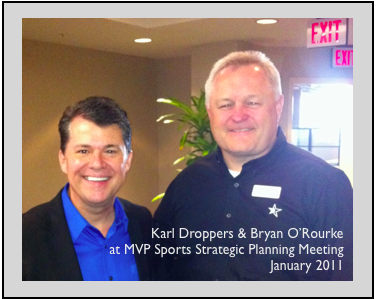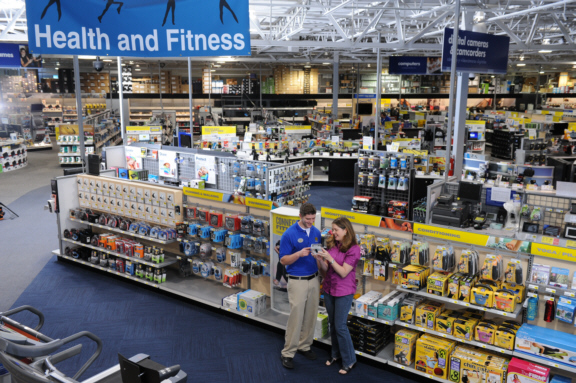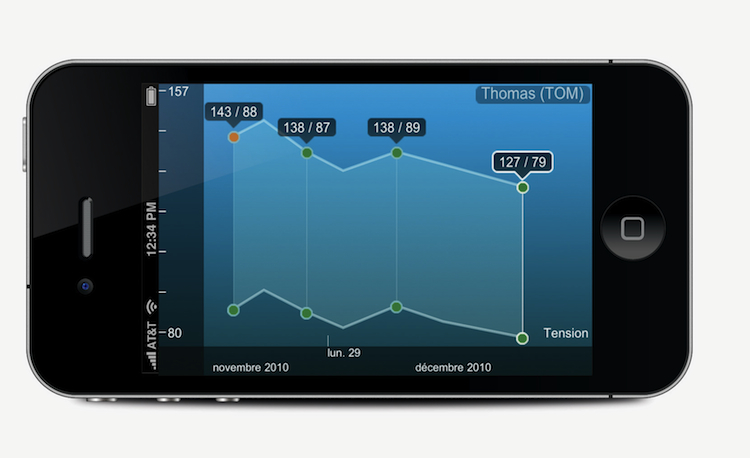The "New" Bricks & Mortar Fitness Model Must Include Engaging Programming
/ This morning I woke early, to get my workout in at Stone Creek Health Club and Spa. Before leaving I took a peak at my twitter feed and Rasmus Ingersolv, CEO of Fresh Fitness in Norway, asked me to check out an article. Ironically the NYT article by Catherine Saint Louis "Full Service Gyms Feel a Bit Flabby" quoted friend Michael Scott Scudder. Here is an excerpt with some of what Michael said:
This morning I woke early, to get my workout in at Stone Creek Health Club and Spa. Before leaving I took a peak at my twitter feed and Rasmus Ingersolv, CEO of Fresh Fitness in Norway, asked me to check out an article. Ironically the NYT article by Catherine Saint Louis "Full Service Gyms Feel a Bit Flabby" quoted friend Michael Scott Scudder. Here is an excerpt with some of what Michael said:
For all their ads promising to stir motivation, gyms have failed to do so. “Up until the last six years, it’s been relatively easy to sell memberships, and to replace people going out the back door with people coming through the front door,” said Michael Scott Scudder, a consultant who advises health clubs and conducts up to 15 industry surveys annually. “Not so anymore. We’ve come to a point that we can’t sell enough membership in the industry to cover the attrition rate.”
I share a close and warm relationship with Michael and am always glad to see him share his views on the fitness industry. While some have called him a "doom and gloomer", I think there is truth in many of his observations and he has a devout following. You see the dirty little secret is that many gyms are in the business of selling memberships hoping members don't show up and forget they're on EFT.
Ask most club owners why they do not want to contact members who are not coming to the facility and you'll get an answer like this : "I don't want them to realize they are paying for something they don't use. They'll cancel." That reflects some of the prominent and backward thinking in the fitness business and its killing the industry as a whole. Its also opening the door for some savvy operators to jump in a compete in new ways. As the article points out:
Historically, “People who take personal training and do group fitness classes are more likely to stick with a gym,” said Tony Santomauro, a fitness consultant with 35 years of industry experience. But too often health clubs don’t understand they “should be a support system for people,” said Mr. Scudder, the health club adviser. “It’s merely four walls to come in, work out and leave.” Only a fifth of gym members take part in group fitness on average industrywide, said Ms. Conrad, adding that these days instead of packing in more cardio machines, “good quality health clubs are returning to emphasizing group exercise.”
Engaging more members (I like to call them customers) using social and effective programming, like group fitness really works. Its one of the reasons my company fitmarc represents the Les Mills brand (we service over 600 facilities customers with Les Mills). You can't service members more efficiently or engage them as effectively with quality (let me emphasize that again QUALITY) group programming.
What do you think ? Do you agree with the experts that group fitness is a key component to success ? Do you think that quality group programming can be an effective means of engaging customer members and what do you think about Les Mills programming ? Contact me, Bryan O'Rourke, and share your views and if I can help you deliver better group programming for your wellness or fitness facility just let me know.
















